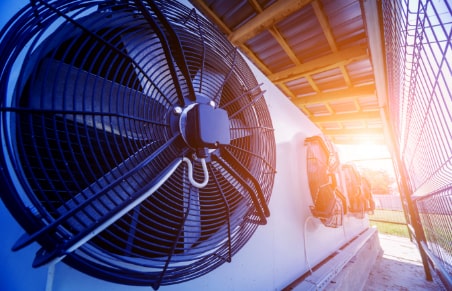A Brief Overview of UV Transmission (UVT)
Water disinfection is essential to ensure safe drinking water. And clean water is not just a necessity for individuals but also for several industries that use water as one of the product components. Hence, water disinfection is essential and must be done using the right method.
Now, there are several methods to disinfect water such as chlorine, boiling, distillation, and more. However, one of the methods that top the list is UV light for disinfection.

Although other disinfection methods are efficient, they do have certain disadvantages as compared to using UV light for disinfection. You can read our previous blog comparing 4 methods of water disinfection including UV light for disinfection to understand why this method trumps others.
In this blog, however, we will talk about the technical aspect of UV light which is UV transmission.
It is highly important to understand UV transmission (UVT) and how it affects the quality of disinfection. So, here’s a quick rundown for your explanation of UV transmission, its importance, and the most common UV transmission rate for different types of water.
UV Transmission Definition
UV Transmission is defined as the amount of UV light for disinfection penetrating through the liquid (in our case, water). The UVT is measured in percentages.
UVT differs for each type of liquid based on the particles and contaminants present in the liquid. These particles and contaminants either absorb or deflect the UV light affecting its UV transmission rate.
Why Knowing the UV Transmission Rate of the UV Unit is Important?
The UV transmission rate of UV light for disinfection emitted from a UV unit is an important parameter to determine the efficiency of the UV unit and its ability to disinfect the water.
Knowing this is important to design efficient UV units and to install a sufficient number of UV units and other filtration systems at the facility. This can be extremely important for large manufacturing units, industrial spaces, wastewater treatment facilities, and more.
If the UV transmission rate of any UV unit is lower, you might have to install additional filtration methods to get the desired UV disinfection.

How to Measure UV Transmission Rate?
UV transmission is measured by measuring the percentage of UV light passing a defined path length through a liquid compared to the amount of UV light passing the same defined path length through distilled water.
Some typical UVT values for different liquids.
| Type of water | Typical UV transmittance (1 cm) @ 254 nm |
| Primary treated effluent | 20 – 45% |
| Secondary treated effluent | 45 – 60% |
| Tertiary treated effluent | 60 – 70% |
| Sea water | 70 – 90% |
| Swimming pool water | approx. 94% |
| Drinking water | 70 – 96% |
| Ultrapure water | ≥ 98% |
Bottom Line
The UV Transmission rate can be detrimental in determining the number of UV units required to achieve the desired water disinfection. This will depend on whether the UV units are installed in residential, commercial, or industrial spaces.
In any situation, we at Light Spectrum Enterprises, Inc. can assist you. Our broad range of UV lamps can offer desired UV light for disinfection with desired UV transmission rate helping you achieve desired disinfection rate.
Contact our sales team to find out more.

